Roads that can repair themselves, recharge electric vehicles as they drive along them and communicate with a car’s steering, braking and suspension sensors could emerge in the next 10 years.
The ideas are currently being tested by a consortium of research organisations around the world, including the UK’s Transport Research Laboratory (TRL), an organisation that develops, tests and helps to implement new transport strategies and technologies.
Under the name Forever Open Road (FOR), these organisations are developing techniques, strategies and systems to ensure that roads (at least major ones) remain open and working as much as possible.
Driving all this is the predicted growth in the vehicle population over the next few decades. There are currently 36 million vehicles on our roads.
But as the population expands, the country moves out of recession, GDP per capita (the country’s income divided by its population) increases and fuel costs fall by as much as 24% (at least for cars, as their economy improves), the number of vehicles is forecast to grow by 19% over the next 10 years alone – to almost 43 million. As a result, average journey times on major roads are expected to increase and speeds to fall by around 8%.
It sounds like a recipe for disaster, as the roads get ever more congested, their condition deteriorates, roadworks dominate and journey times become impossible to predict.However, one man believes he may have the answer to at least some, if not all, of the problems. Around seven years ago, the TRL’s Bob Collis had a vision for roads that never close, therefore keeping the traffic moving.
In 2010 he managed to persuade similar organisations around the world to share his idea, and the FOR concept was born. Against the backdrop of recent advances in autonomous technologies, vehicle connectivity, solar power and wireless communication, not to mention developments in road construction techniques and materials, the programme is now gaining real momentum.
“I call it the fifth-generation road,” says Collis. “The first roads were tracks, then 2000 years ago they were paved to protect them from rain. About 200 years ago they were covered in Tarmac to make them smoother and more resistant. In the 1930s we saw the first motorways. Now we’re well into testing and developing the next generation of smarter, tougher and more adaptable roads, roads that can do a multitude of things from repairing and powering themselves to directly influencing vehicle behaviour.”
Among FOR’s many ideas are building roads in a modular form that will allow a damaged or failing section to be quickly and easily replaced. These sections will contain all the drainage and communication systems and technologies to enable them to be quickly ‘plugged’ back into the existing network.

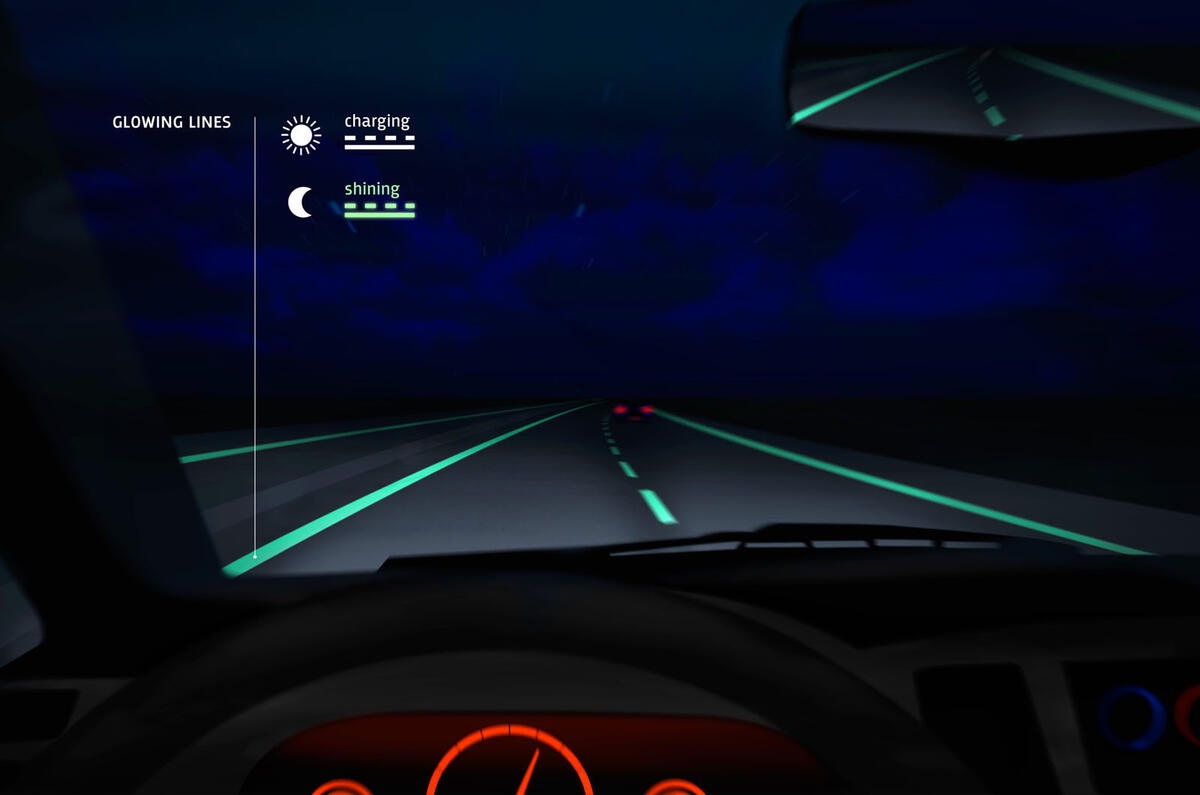
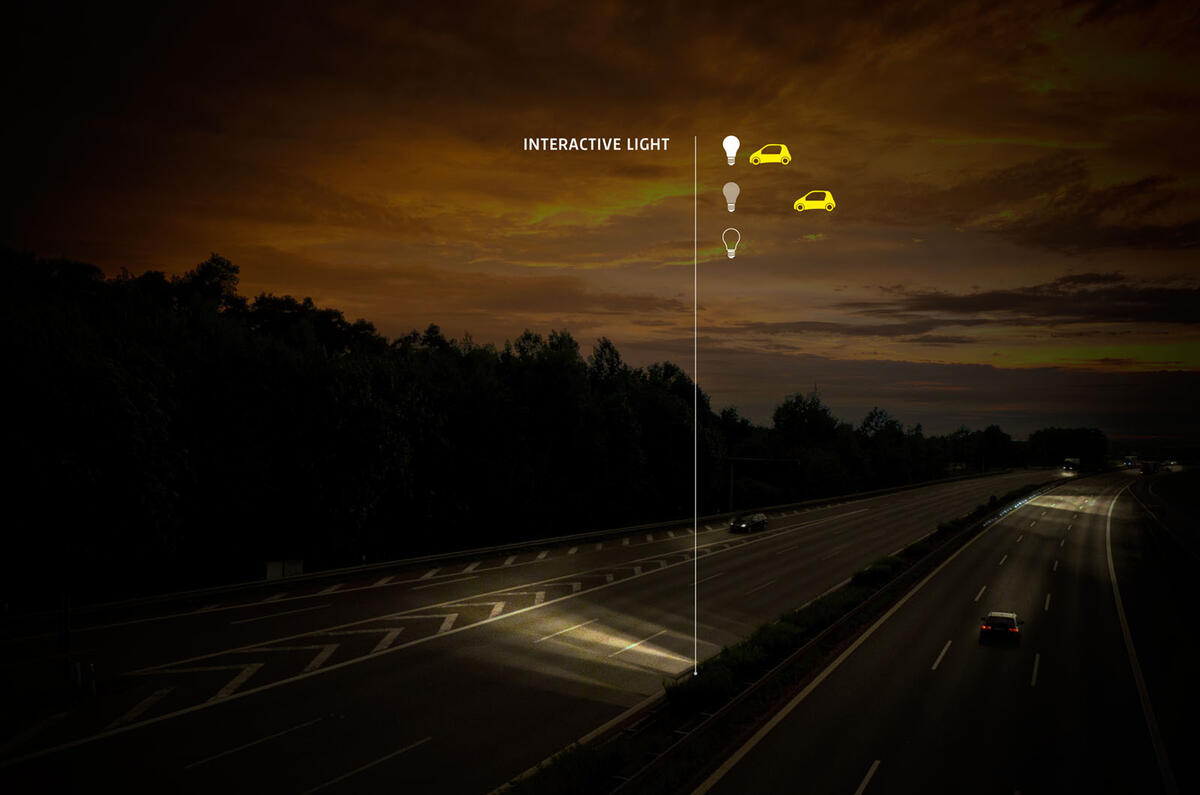
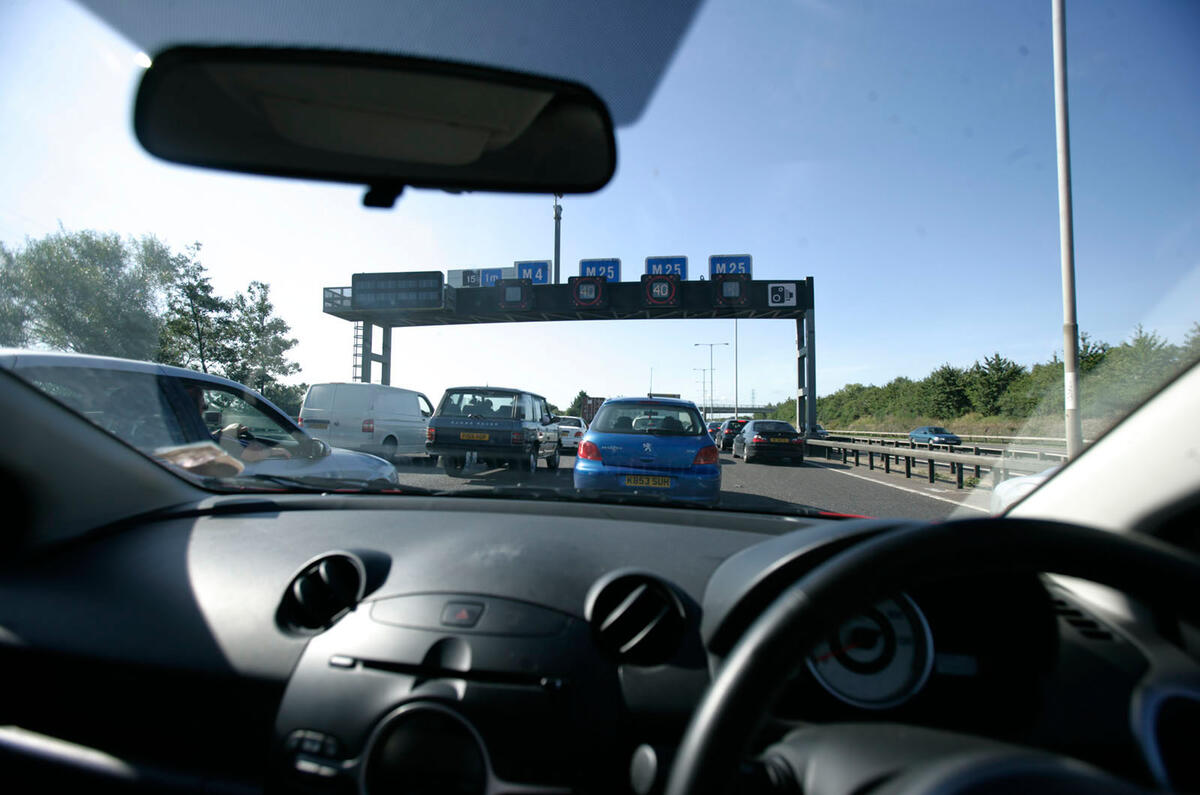
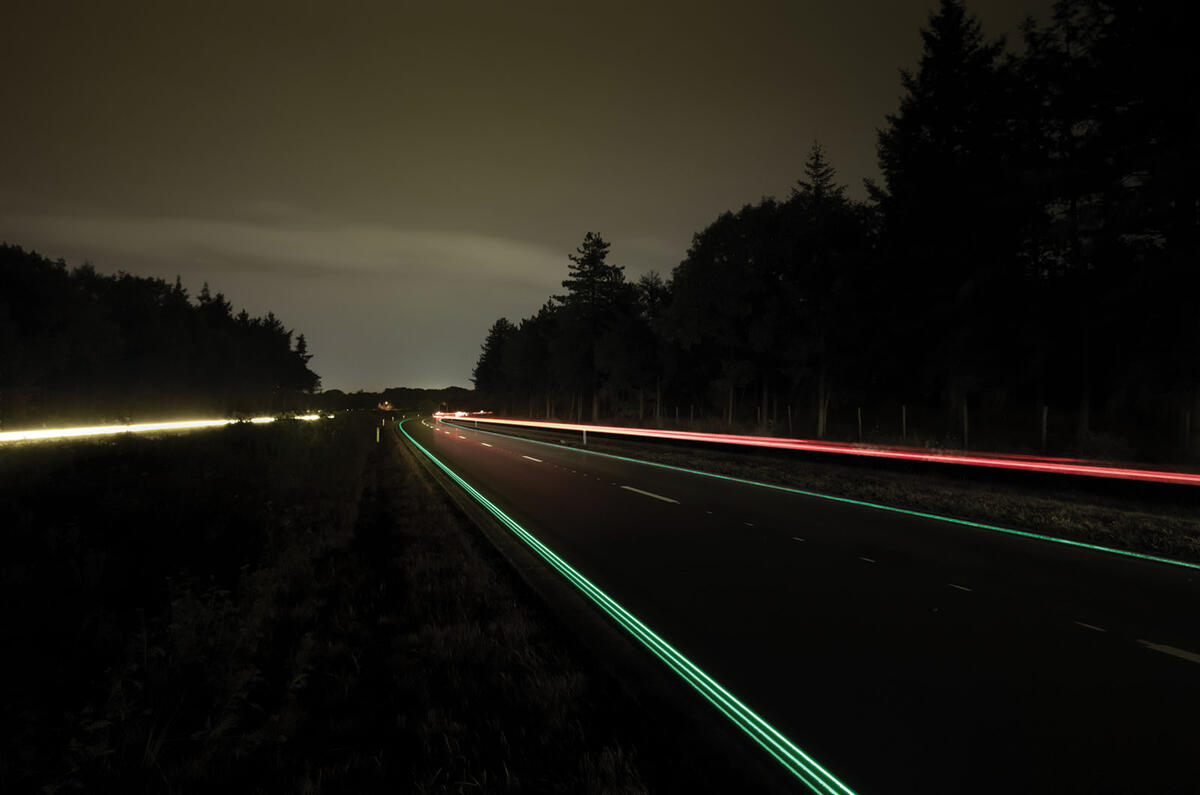
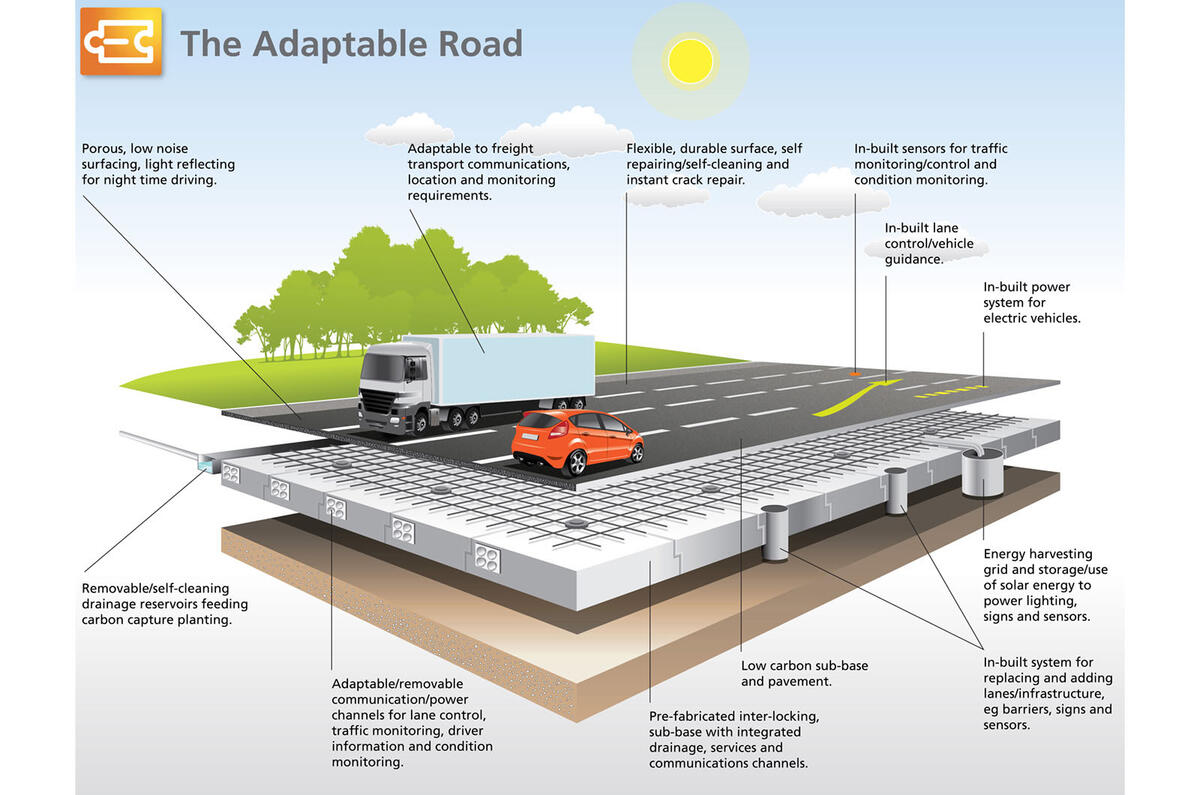
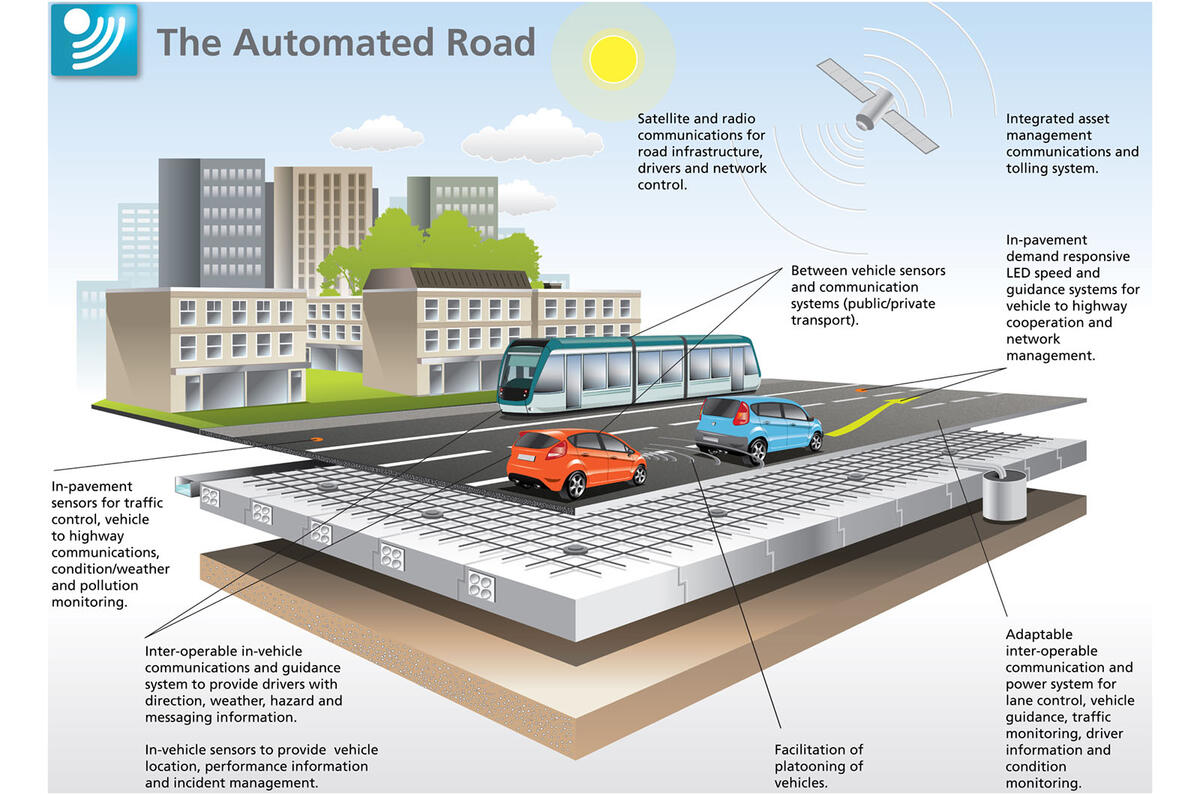
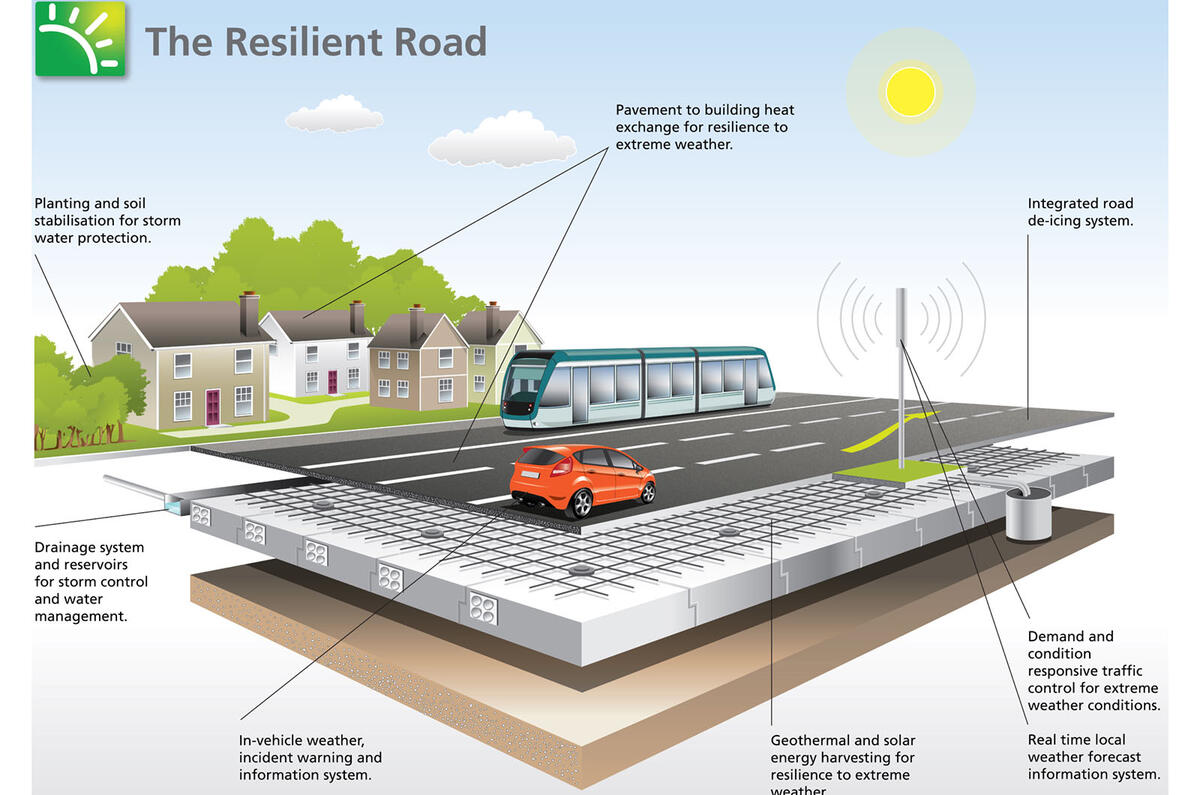
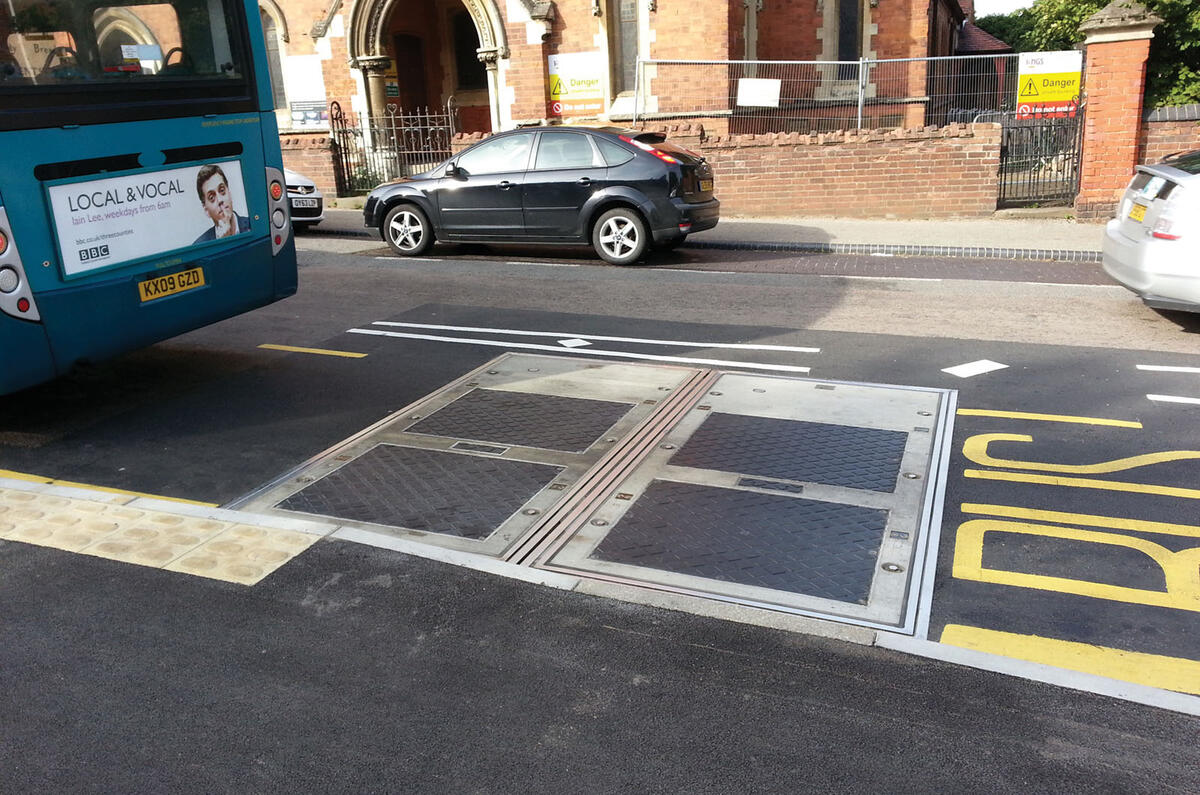
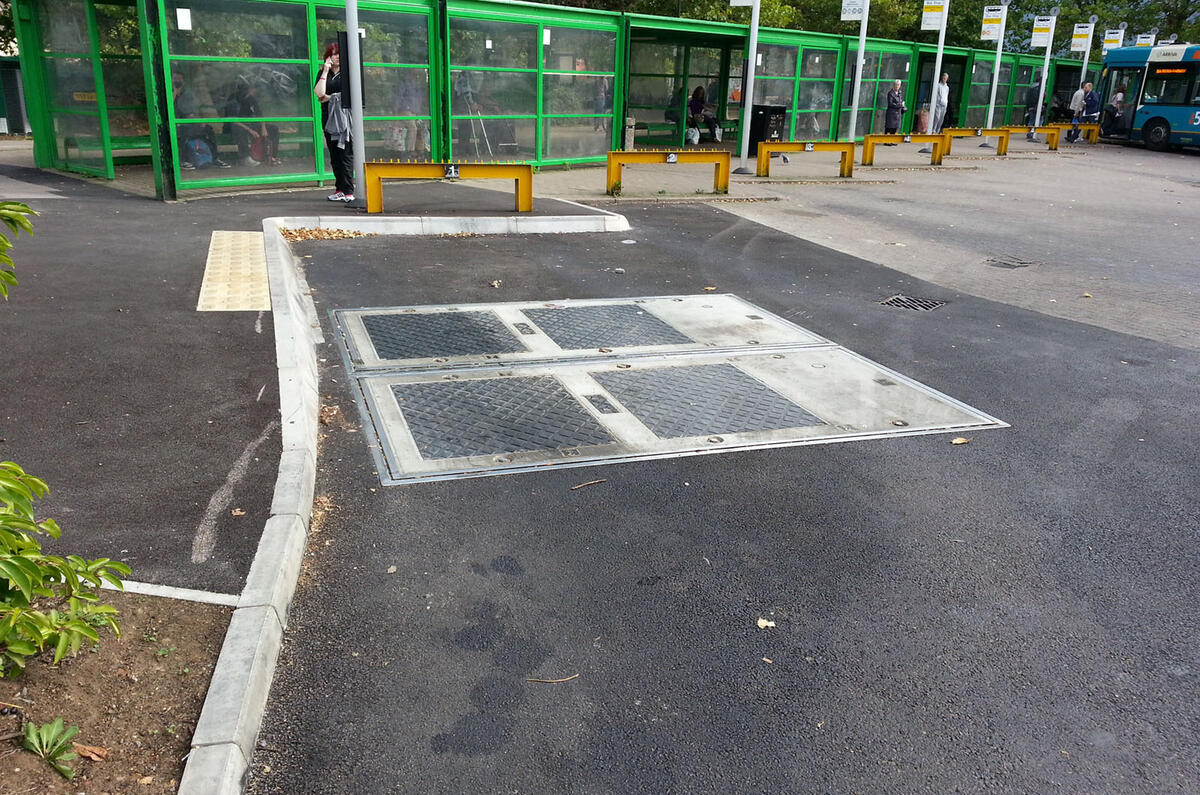
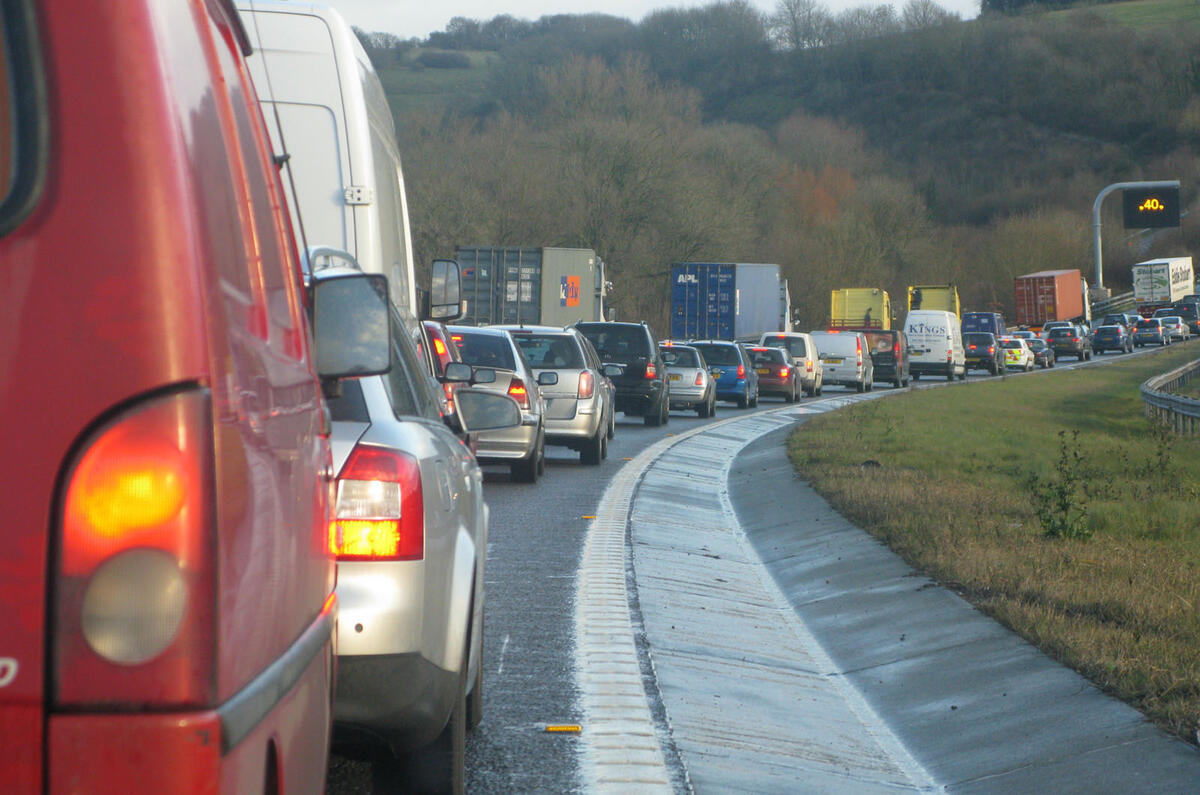
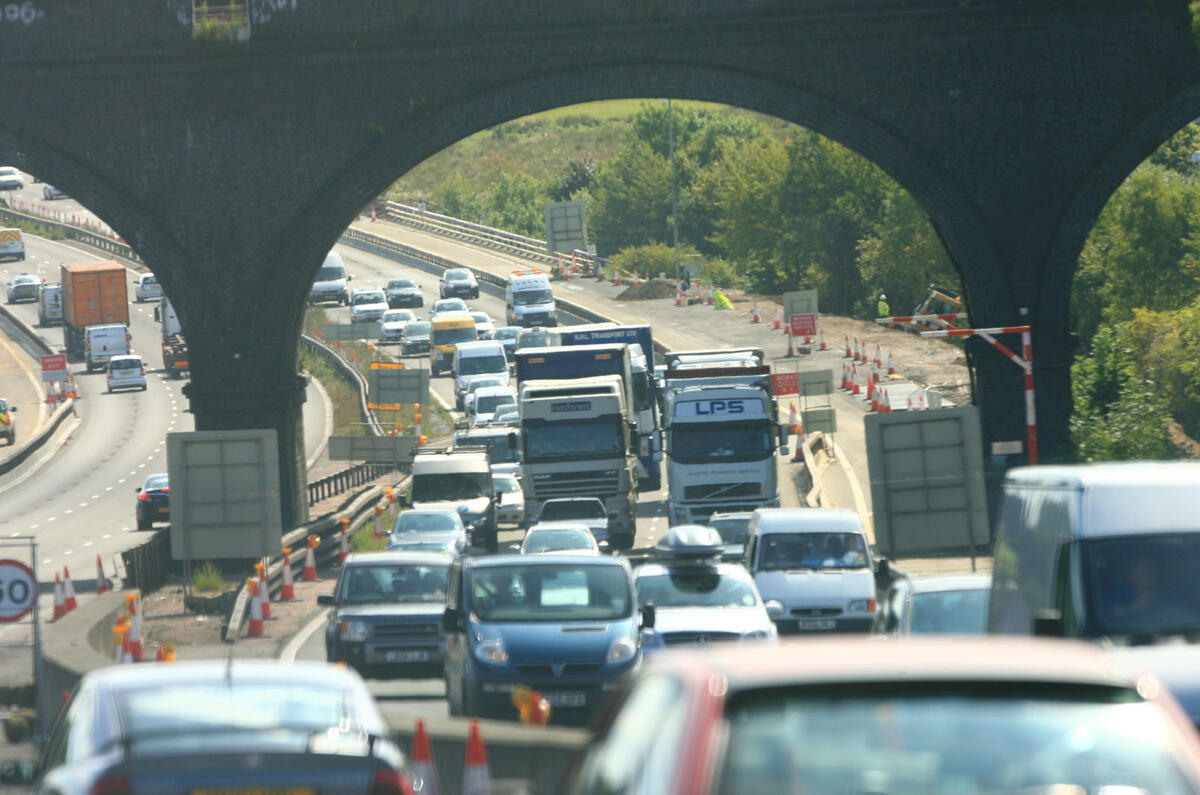


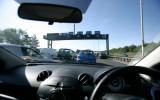


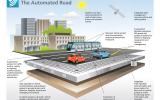

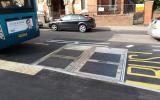


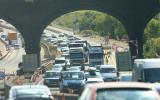



Join the debate
Add your comment
Again, no analysis about the
For years we've been reading
Not in the UK